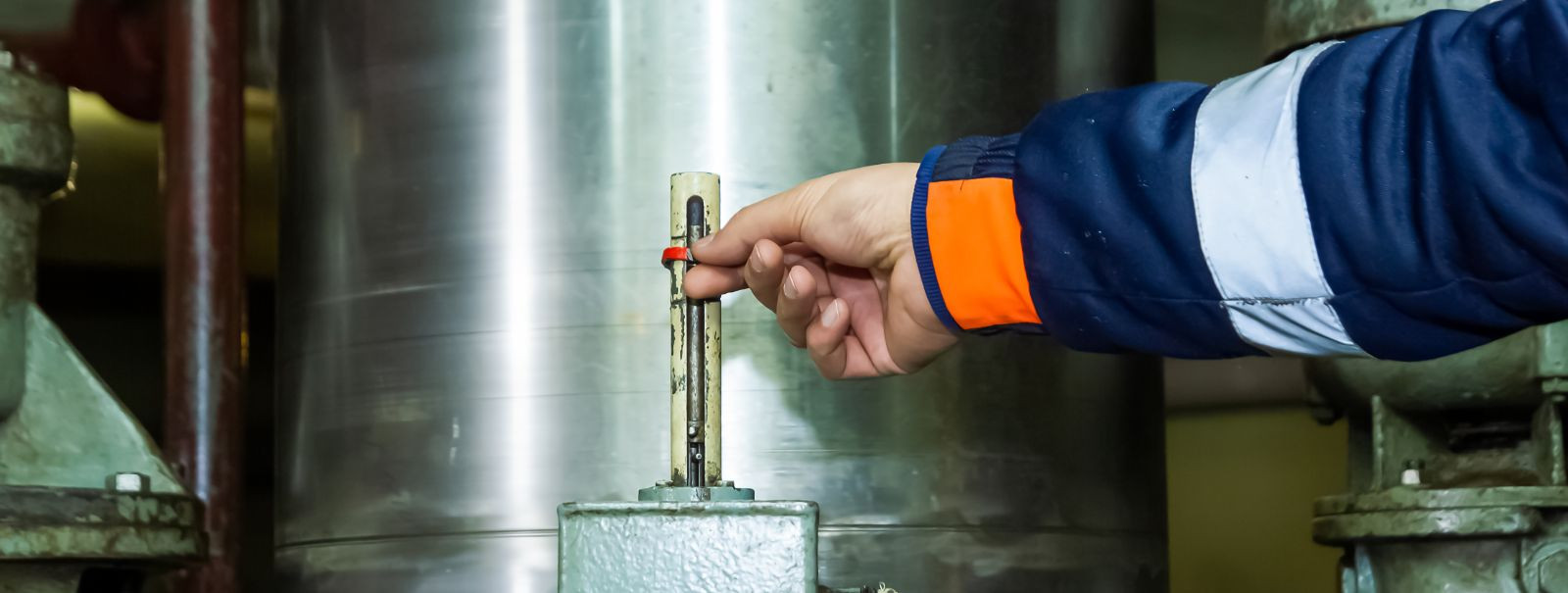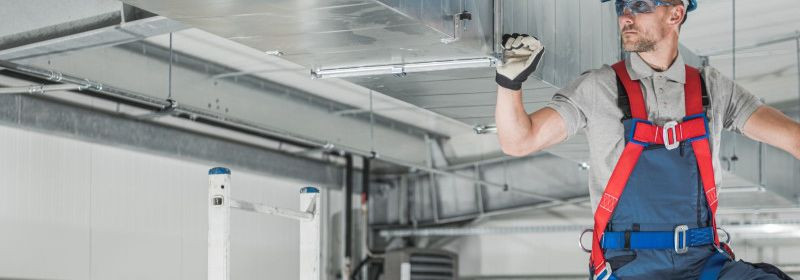The future of climate control: trends to watch
The quest for the perfect indoor environment has been a constant pursuit throughout history. As we look to the future, climate control is poised to undergo a transformation, driven by technological innovation, environmental concerns, and changing consumer demands. In this post, we'll explore the trends that are shaping the future of climate control and what they mean for industrial clients, homeowners, and businesses.
Emerging Technologies in Climate Control
The integration of smart thermostats and the Internet of Things (IoT) is revolutionizing the way we manage indoor climates. These systems offer unprecedented control and efficiency by learning user preferences and adjusting settings automatically for optimal comfort and energy savings.
Geothermal technology utilizes the stable temperatures underground to provide heating and cooling solutions that are both efficient and environmentally friendly. This renewable source of energy is gaining traction as a sustainable alternative to traditional HVAC systems.
PCMs are substances that absorb and release thermal energy during the process of melting and freezing. Incorporating PCMs into building materials can significantly reduce the need for active heating and cooling, leading to energy savings and reduced carbon footprints.
Renewable Energy Sources and Climate Control
Solar energy is becoming an increasingly popular option for powering HVAC systems. Advances in photovoltaic technology and battery storage are making solar-powered climate control more viable and cost-effective than ever before.
While less common than solar power, wind energy can also be harnessed to operate HVAC systems, particularly in regions with consistent wind patterns. This clean energy source can significantly reduce reliance on fossil fuels for heating and cooling.
Energy Efficiency and Sustainability
New insulation materials and techniques are being developed to improve the thermal efficiency of buildings. These advancements help to minimize energy loss, leading to lower heating and cooling costs and a smaller environmental impact.
Green building certifications, such as LEED and BREEAM, are becoming more prevalent, setting the standard for sustainable construction practices. These certifications encourage the adoption of energy-efficient climate control systems and environmentally responsible building designs.
Regulatory Changes and Environmental Policies
International agreements, such as the Paris Agreement, are pushing nations to adopt more stringent environmental policies. These policies are likely to impact the development and implementation of climate control technologies, with a focus on reducing greenhouse gas emissions.
Local building codes are increasingly mandating energy efficiency and sustainability in new construction and renovations. These regulations are driving the adoption of advanced climate control systems that meet higher standards of performance and environmental responsibility.
Consumer Trends and Market Demand
Consumers are becoming more environmentally conscious and are seeking eco-friendly climate control solutions. This shift in consumer behavior is influencing manufacturers to develop greener products that align with these values.
There is a growing demand for personalized climate control systems that can cater to individual preferences and specific room requirements. This trend is leading to the development of more sophisticated zoning systems and personalized comfort solutions.






Comments (0)